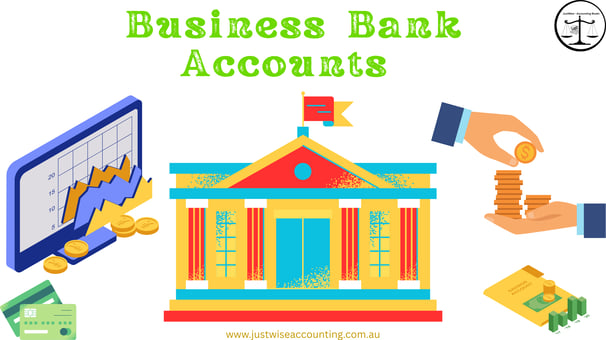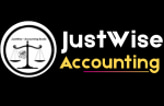
Your Business Bank Accounts: Why Setup Matters for Bookkeeping
Learn how your business checking account structure impacts bookkeeping efficiency, reporting accuracy, and financial visibility.
Justwise Accounting
2 min read


Your Business Bank Accounts: Why Setup Matters for Bookkeeping
Your bookkeeping is only as clean as your bank setup.
Many business owners underestimate how much bank account structure affects the accuracy and efficiency of their financial records. A well-organised account setup can save hours of reconciliation work each month—and reveal key insights that get lost in a messy system.
Here’s why it matters, and how to do it right.
1. One Business, One Primary Account
Your business needs its own business checking account—separate from any personal or unrelated business transactions.
Using a single account for mixed purposes leads to:
Confusion during reconciliation
Misclassified income or expenses
Inaccurate reports at tax time
Even sole traders should isolate business income and expenses. It’s not just about professionalism—it’s about clarity.
2. When to Open Multiple Business Bank Accounts
There are legitimate reasons to have more than one account, including:
Saving for GST or tax obligations
Separating payroll from operating funds
Managing high-volume payment flows
That said, avoid opening accounts without a clear purpose. Each additional account adds reconciliation time and increases the chance of error—unless you’ve structured it intentionally.
Ask yourself: what is the number of business bank accounts you really need?
3. Better Accounts = Better Bookkeeping
A clear, intentional bank account setup improves:
Cash flow visibility
Transaction classification
BAS accuracy
Collaboration with your bookkeeper
It also supports automated feeds from your accounting software—which in turn cuts down on manual entry and human error.
If your books are messy, your accounts might be too.
4. Bookkeeper Access and Security
If you want your bookkeeper to reconcile bank transactions, you’ll likely need to:
Provide view-only access through your online banking
Connect your accounts securely to your accounting platform
This enables real-time oversight without compromising account security. Don’t delay this process—it’s one of the biggest time-savers you can implement.
5. Starting Fresh: When a Restructure Makes Sense
If your current bank setup is causing confusion, missed BAS deadlines, or duplicated expenses, it may be time to:
Close unused or redundant accounts
Merge duplicate purposes into a single account
Rename accounts clearly in your accounting system
Your bookkeeper can assist in this review and make recommendations aligned with your goals.
Conclusion: Bank Smarter, Bookkeep Easier
Bank account structure isn’t just a financial decision—it’s an operational one. Your bookkeeper can only work with the inputs you provide. A clean, efficient setup means faster books, clearer insights, and better business decisions.
Not sure if your account setup is holding you back? Ask Justwise Accounting to review it and help streamline your bookkeeping process.
Stay in Touch
© 2025 JustWise Accounting. All rights reserved. ABN 85 581 353 385
⚠️ We respect your privacy. Unsubscribe anytime. (under subscribe button)
Serving Australia-wide
Justwise acknowledge the Traditional Owners of the lands where we operate and pay respect to Elders past and present.
